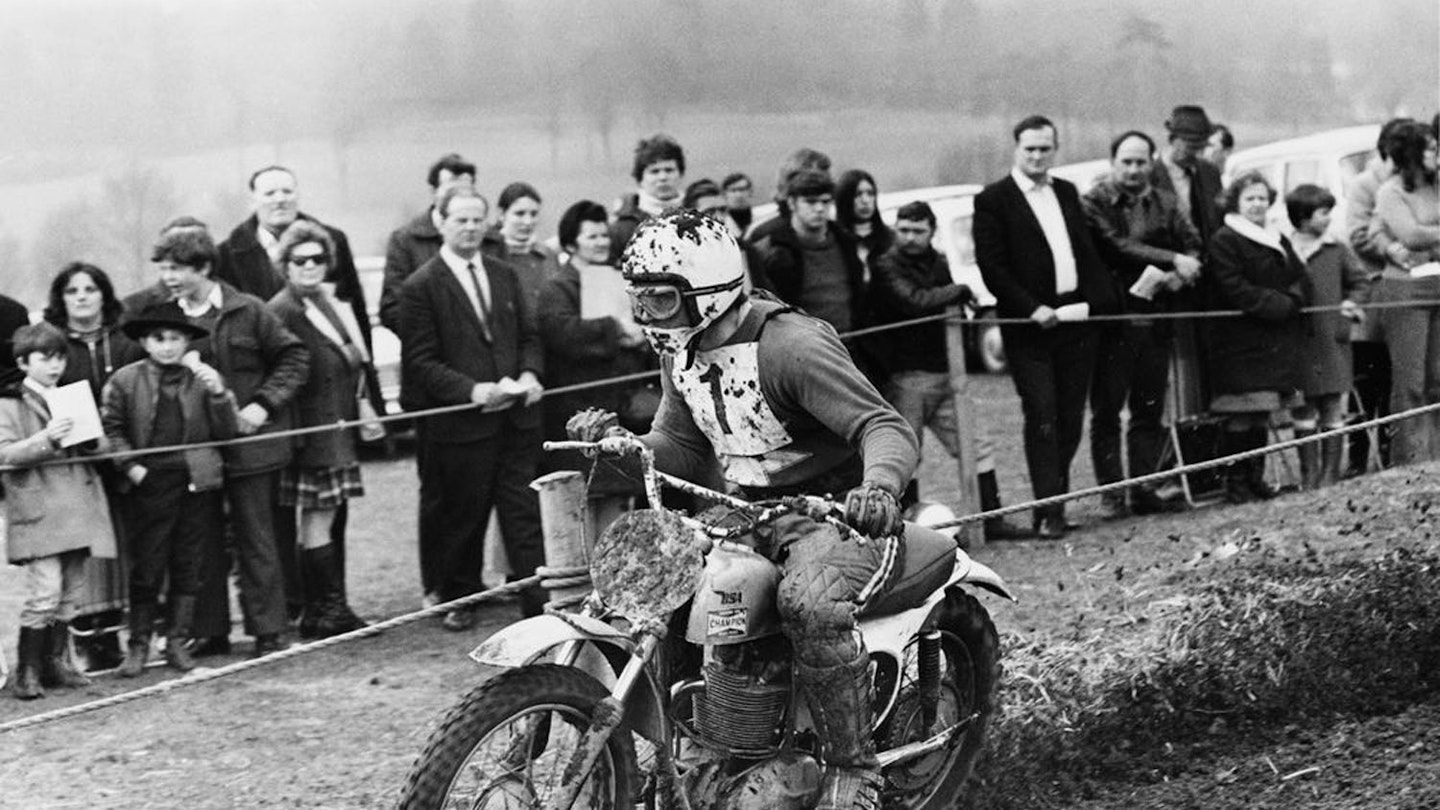I was back in England in 1969 and looking to return to daily newspapers after fleeing from America over visa issues that could have despatched me to Vietnam, when Motor Cycle News phoned. I’d had some brief history with them, but now they were offering £1500 a year – daily paper money – plus access to road test bikes, a company car and the opportunity to be their Motocross Grand Prix reporter, travelling throughout western Europe. I blocked myself from saying “I’ll start tomorrow”, and said I would consider it.
Three months later I was at Sittendorf in Austria for the opening round of the 500cc world championship. I’d seen riders like Don Rickman and Dave Bickers leaping into space at British circuits such as Glastonbury, Farleigh Castle and Bulbarrow Hill, but here everything was bigger and faster, and Iron Curtain riders with hard names such as Vaclav Svastal and Otokar Toman hurled 360cc CZs into the void far above the village below.
CZ had been the first two-stroke manufacturer to win the championship, with the East German Paul Friedrichs in 1966. Now BSA were the only four-stroke factory team left in the series. The BSA team was led by the top Brit of the day, 25-year-old John Banks, also known as The Baron. He started the year well with second place overall in Austria, behind
Sweden’s Bengt Aberg on a 400cc Husqvarna. The BSA Victors were being increasingly cornered by the strokers; as well as the CZs and Huskies, there were 360cc Maicos to contend with.
Two-stroke technology was improving fast. At MCN we tested the current offerings with Chris Horsfield, a dexterous 29-year-old who’d handled James, Matchless, CZ, AJS and Greeves factory bikes. “Any average rider could mount a Husqvarna 400 and win,” he vowed after stepping off the 40-horsepower Swedish bike. Maico’s claim that their 360 was the world’s best-handling motocrosser was “a pretty fair boast”, he declared.
By May the burly BSA boys were suggesting that a minimum 490cc capacity limit would ensure that only full-size bikes contested the senior class. “Most of the riders in Grand Prix today are no more than overgrown 250 men,” Banks said. “We’d like to see proper 500cc twostrokes. They’d be heavier, more powerful and much more difficult to handle.”
The eighth of the 12 rounds took place on the notorious Citadelle of Namur circuit in Belgium. Safety standards in the ’60s were pretty lax, but I was shocked with what riders had to deal with on these valley-side slopes above the confluence of the Meuse and Sambre rivers. In places there was only a rope coiled around a tree that could snap a limb on the downhill plunge, while a few feet away Belgian families chomped frites and swigged beers.

